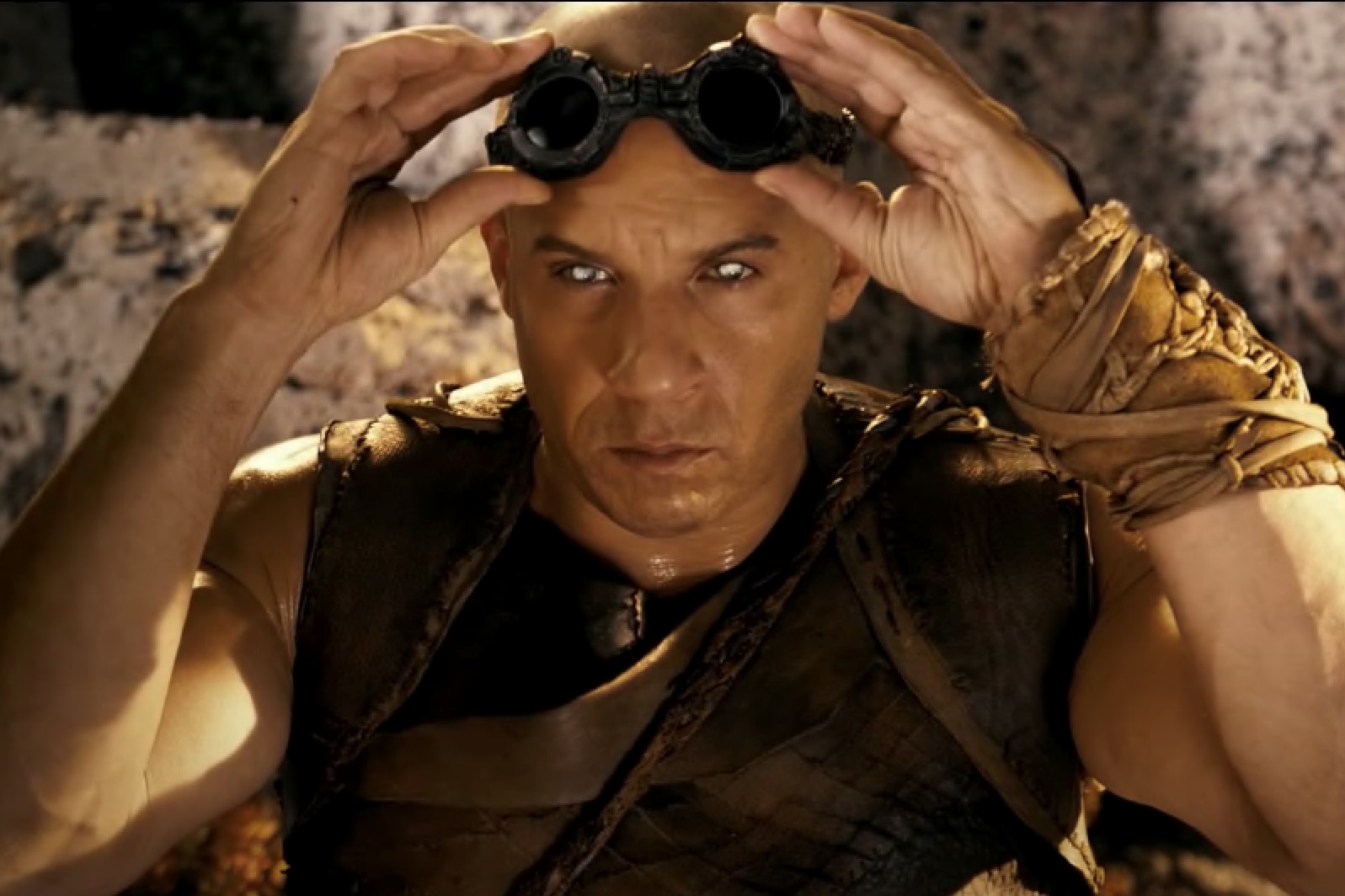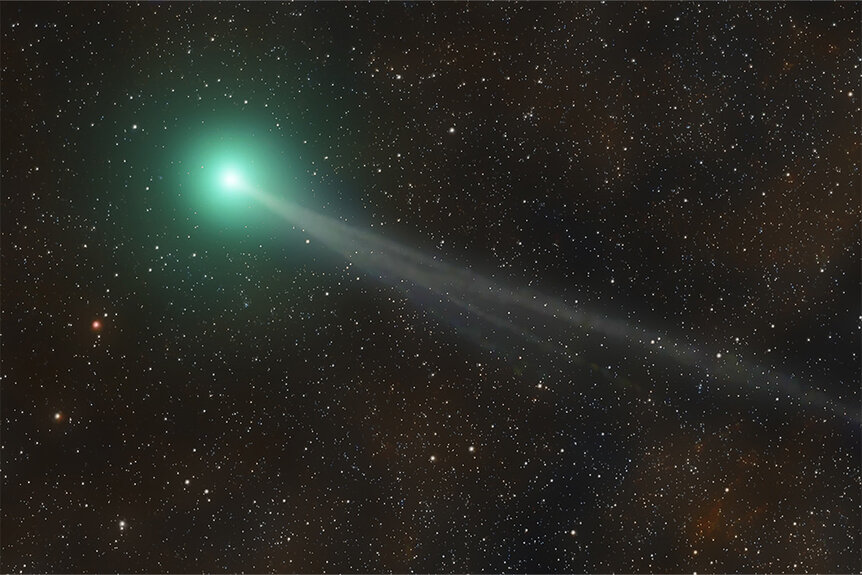Create a free profile to get unlimited access to exclusive videos, sweepstakes, and more!
Comet Nishimura Won’t Be Back for 435 Years, See It Before It’s Gone
The age of discovery continues!

In the science fiction classic Pitch Black, a small transport ship carrying passengers and famed criminal Richard B. Riddick (Vin Diesel) crash lands on the planet M6-117. The crash survivors, including Riddick, make for a scientific research station under the baking heat of the planet’s three suns. Things are bad, but they’re about to get worse when a rare triple eclipse shrouds the planet in darkness and unleashes a race of vicious creatures known as Bioraptors.
Stargazers on Earth have an equally rare (but less deadly) celestial event occurring in the skies overhead, thanks to a recently discovered comet which only appears every 435 years.
Comet Nishimura, Our Newest Cosmic Neighbor
Most of the time, the discovery of comets and other celestial objects is reserved for large astronomical operations. Professional astronomers have advanced telescopes surveying the night sky constantly from all over the world, so they bag most of the new discoveries. This time, the credit goes to amateur astronomer Hideo Nishimura, for whom the comet is named. To call Nishimura an amateur, however, is to belittle his contributions. This comet marks his third discovery.
RELATED: A Comet Got Really Close to the Sun and Completely Freaked Out
Even more impressive, Nishimura captured the comet with a standard camera and a relatively short 30 second exposure time. Over the last couple of weeks, Comet Nishimura has been visible low on the horizon close to sunrise. It reaches its closest approach with Earth September 12, at which point the comet is no longer visible on the Northern Hemisphere, having dipped below the horizon.
It will continue to approach the Sun until September 17 when it reaches perihelion (closest approach with the Sun) and turns back out toward deep space. The orbit brings it pretty close in, closer than Mercury, and it’s possible that solar forces will tear Comet Nishimura apart. If that happens, this won’t be just a once in a lifetime event, it will be the only of its kind.
Assuming the comet survives its trip around the Sun, it will become visible in the Southern Hemisphere once it starts cruising away. Stargazers in the Southern Hemisphere will be able to see it low on the horizon in the early evening, just after sunset. It will be near the ground, so you’ll want an unobstructed view free of trees, mountains, or buildings. Lacking that, going to the top of a tall building could buy you the clearance you need to see it. Comet Nishimura will also be faint, so you’ll want to get away from light pollution if possible and get hold of a good pair of binoculars or a small telescope. It will be our last opportunity to see the comet before it disappears into the abyss for another four centuries.
Even if you don’t get a chance to see Nishimura before it’s gone, be grateful that it didn’t awaken flesh-eating subterranean monsters. Things could be worse.
Catch Pitch Black and the rest of the Riddick series, available from Universal Pictures.



























